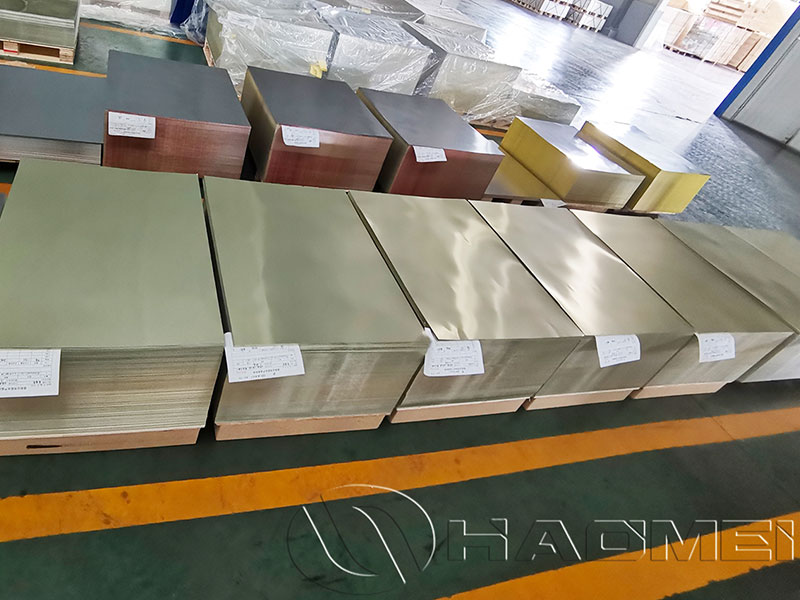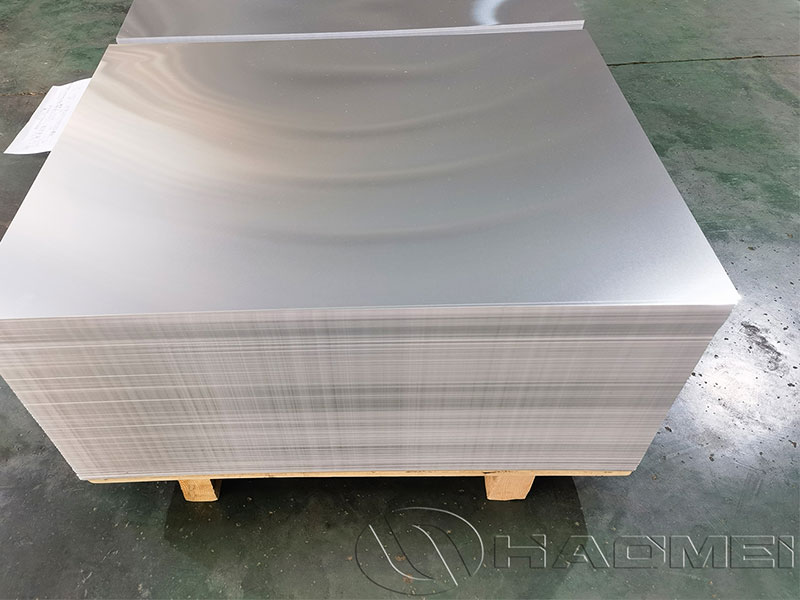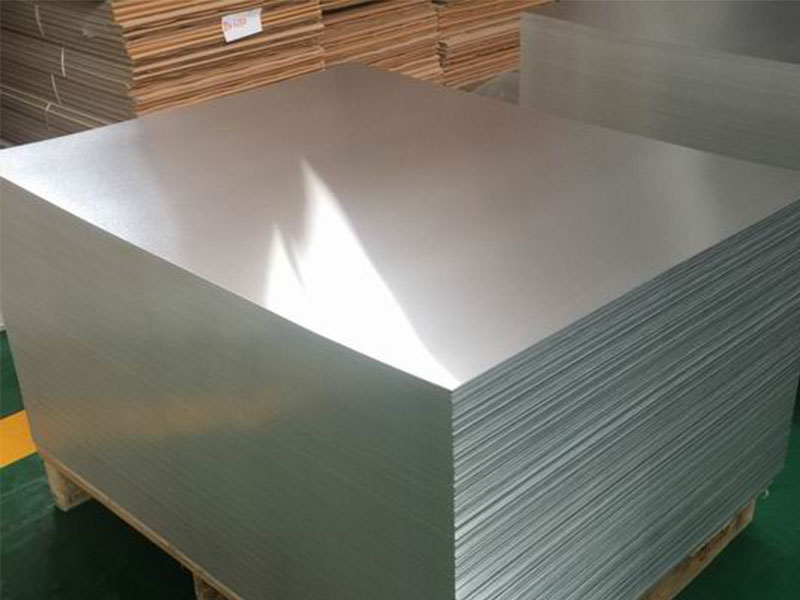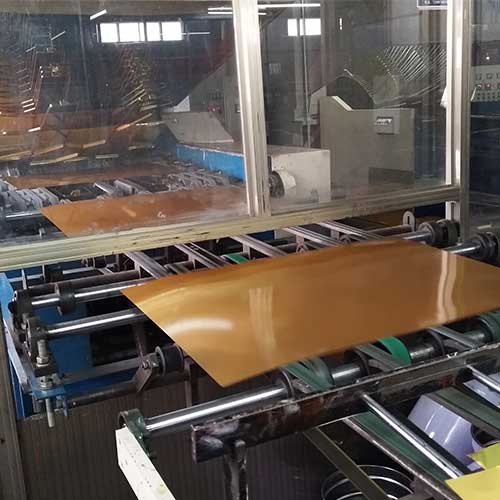Aluminum plate cap drink champagne
When we think about champagne packaging, the sparkle of the bubble, the slender glass bottle, and perhaps the cork and wire cage come to mind. However, a subtle yet crucial component often overlooked is the aluminum plate cap—or commonly the aluminum closure sheet—that crowns the bottle neck, ensuring safety, freshness, and a finishing touch of style.
What Exactly is an Aluminum Plate Cap for Champagne?
An aluminum plate cap for champagne is a thin, precision-manufactured aluminum disc or sheet designed to enclose the bottle’s cork. Unlike other closures that rely solely on cork or plastic stoppers, the aluminum plate cap ensures additional security against contamination, tampering, and preserves carbonation intensity by reinforcing the seal.
This cap is applied post-corking and is often heat-sealed or crimped to maintain its bond with the bottle neck, sometimes combined with glow finishes and sanitary liners, enhancing the consumer confidence in product integrity.
The Science Behind the Material: Why Aluminum?
Aluminum has become the standard for closure applications due to physical and chemical factors:
- Corrosion Resistance: The natural aluminum oxide layer withstands hydration and acidic beverage fumes.
- Light Weight: Unlike steel or heavier metals, aluminum offers ease of handling and logistics efficiency.
- Malleability & Strength: With the right tempering, aluminum sheets conform well without cracking or brittle failure.
- Impermeability & Hygiene: When appropriately lined, it prevents external elements contacting the cork, minimizing the risk of microbial contamination.
Technical Parameters for Aluminum Plate Caps
| Parameter | Typical Specification |
|---|---|
| Material Alloy | 8011 series aluminum (common industry) |
| Sheet Thickness | 0.20mm – 0.45mm |
| Temper | H14 (strain-hardened, partially hard) |
| Diameter (typical cap) | 27mm – 32mm overlaps for champagne caps |
| Tensile Strength | ~130-160 MPa |
| Elongation at Break | 8-12% |
| Weight | Approximately 0.5 – 1.2 grams |
| Surface Finish | Bright rolled, anodized, or painted |
| Lining | BPA-free polyethylene or aseptic liner |
Alloy Tempering and Its Importance
The 8011 aluminum alloy used is preferred for its balance between formability and strength. The temper designation H14 indicates the sheet is strain-hardened and partially annealed, meaning the material retains enough strength to resist premature deformation during capping processes but remains pliable enough to be stamped efficiently onto contours of the bottle neck and cover the cork evenly.
Proper tempering ensures decades-long storage doesn’t degrade cap integrity, prevents cosmetics cracks due to handling vibrations, and allows smooth application machinery flow in manufactories.
Implementation Standards & Compliance
Besides general mechanical traits, aluminum champagne closure sheets must adhere to several standards to ensure safety and compatibility with food and drink:
- FDA CFR 21, Part 175 (U.S.): Ensuring food contact materials cause no harm or flavor migration.
- European Union Regulation EC 1935/2004: Conformance for materials in contact with food.
- ASTM B209: Aluminum and Aluminum Alloy Sheet Plate and Strip specifications.
- Additionally compliant with specialized beverage packaging standards such as ISO 15761 regarding closure hermeticity.
Chemical Composition of Typical 8011 Aluminum Alloy Closure Sheets
| Element | Content Range (%) |
|---|---|
| Aluminum (Al) | Balance (96-98%) |
| Iron (Fe) | 1.0 – 1.3 |
| Silicon (Si) | 0.4 – 0.7 |
| Copper (Cu) | 0.03 Max |
| Manganese (Mn) | 0.8 – 1.0 |
| Zinc (Zn) | 0.1 Max |
| Magnesium (Mg) | 0.02 Max |
| Others | Trace amounts |
The Role in Champagne Preservation and Presentation
In champagne preservation, like in other sparkling wines, one challenge is the sustaining of internal pressure exerted by dissolved carbon dioxide—typically between 5 and 6 atmospheres inside a freshly opened bottle. The aluminum plate cap resists expansion due to gas pressure retention, preventing undesirable cork pushes or leaks. Additionally, closure sheets can be artistically heat-stamped with logos, regulatory information, or limited-edition graphics, marrying performance with premium aesthetics.
Moreover, this enhanced seal decreases oxygen ingress which, if uncontrolled, would degrade champagne’s description notes and shorten shelf life.
Installation & Machinery Considerations
Manufacturers generally adopt high-speed capping machines with mandrels that compress the aluminum sleeve over cork and the neck simultaneously. Quality control checks include:
- Pull-off force tests to uphold closure integrity.
- Visual inspection for even cap height and wrinkle defects.
- Leak testing with helium or pressure sensors.
This highlights how an otherwise simplistic seal involves a suite of materials science and mechanical engineering to uphold prestigious champagne quality.
https://www.aluminumplate.net/a/aluminum-plate-cap-drink-champagne.html







